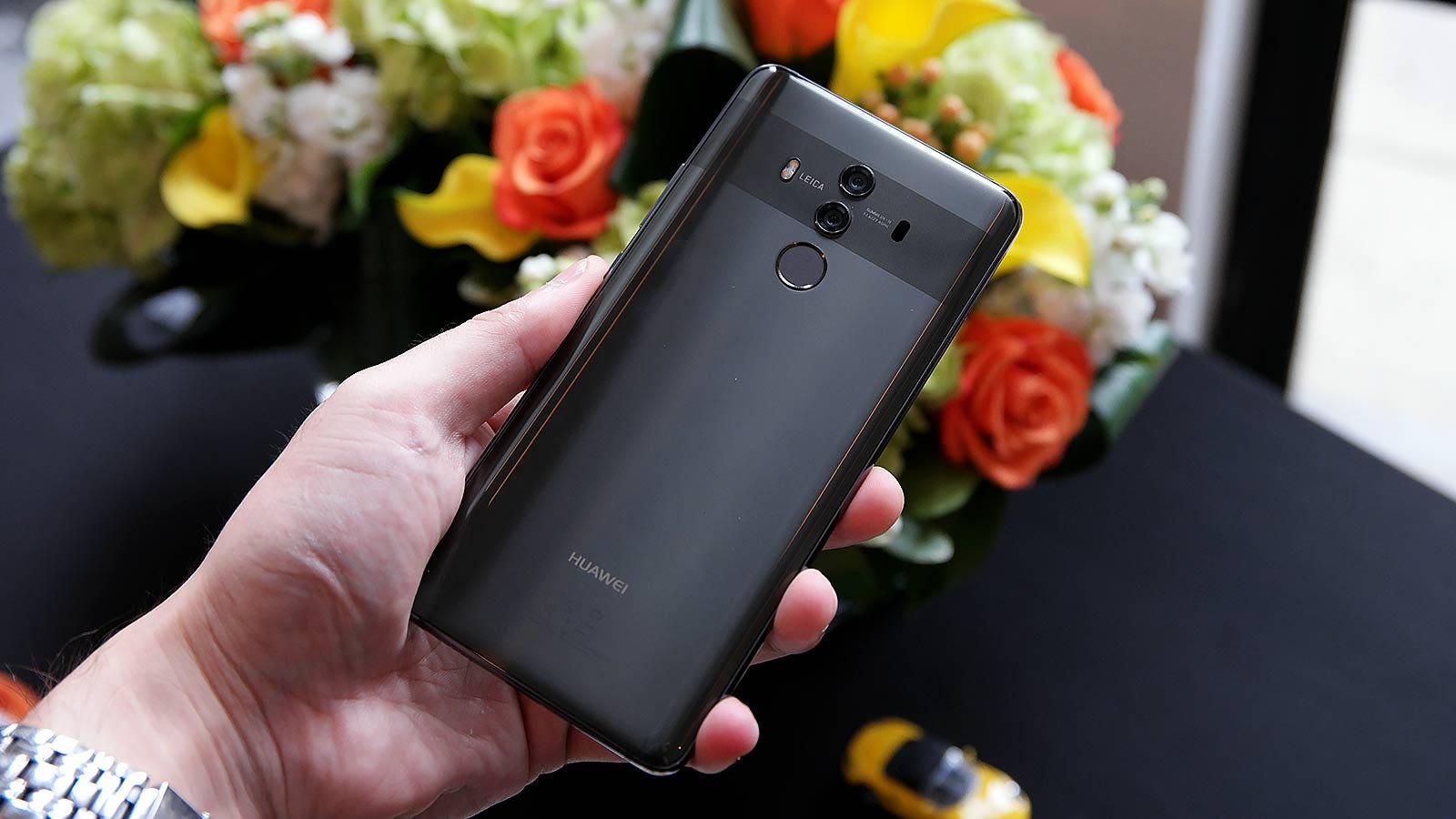The Trump administration is proposing a budget of $19.9 billion for NASA in its request for fiscal year 2019—slightly more than its request for fiscal year 2018. The additional funds would support the administration’s directive to reinvigorate human and robotic exploration of Earth’s moon and other planets in the solar system but would also come at the expense of several other big-ticket items in NASA’s portfolio—namely the International Space Station (ISS) as well as the Wide Field Infrared Space Telescope (WFIRST), a “flagship”-class mission next in line for launch after the James Webb Space Telescope (JWST). The budget also recommends canceling five NASA Earth science missions as well as the space agency’s Office of Education.
Under the proposal U.S. funding for the ISS would cease in 2025, a year after the station’s current retirement date. That’s years ahead of 2028, however, which many public and private ISS stakeholders have been counting on as the most likely target for an extension of the ISS’s mission that has cost U.S. taxpayers some $100 billion since the 1990s. The station would potentially live on, however, sustained by still-nascent public-private partnerships that could in theory shift the bulk of upkeep costs to private businesses. To that end, the budget also calls for $150 million in 2019 and more in future years to help commercial companies expand their activities in low Earth orbit, although it does not specify the ISS as an explicit part of that spending. In recent years the ISS has become a vital destination for U.S. launch providers such as SpaceX and Boeing, which are competing for NASA contracts to ferry astronauts to and from the orbital outpost. Rockets from SpaceX and other providers already make regular supply runs to the ISS.
Despite the budget’s supposed support for more commercial activity in low Earth orbit, industry representatives view its defunding of the ISS as shortsighted. “Only now are we finally reaching the full operational level for which ISS had been designed,” Commercial Spaceflight Federation president Eric Stallmer said in a statement. “An early retirement of the station prior to 2028 would not allow sufficient time to leverage the asset appropriately…, the ISS should fly throughout a transition period until such time as we have a sustainable orbital economy, more likely to be in place by 2028.”
Within NASA the official view is decidedly rosier. “The commercial cargo and crew work continues through the life of the International Space Station in the budget,” NASA Acting Administrator Robert Lightfoot said in a statement. “Further, this budget proposes for NASA to ramp up efforts to transition low Earth [orbital] activities to the commercial sector, and end direct federal government support of the ISS in 2025 and begin relying on commercial partners for our low Earth orbit research and technology demonstration requirements.” Some of the savings from defunding the ISS would feed into NASA’s return to the moon, chiefly a new lunar robotic exploration program as well as a “Deep Space Gateway” in lunar orbit that would serve as a staging ground for operations on the surface. Some of those payloads, presumably, would launch on NASA’s in-development mega-rocket, the Space Launch System (SLS), which is slated for its first test flight in 2019 or 2020 and has to date consumed more than $18 billion of taxpayer funds. In the White House proposal, the SLS and its associated Orion spacecraft would receive $3.7 billion in fiscal year 2019.
The White House has bleaker plans for WFIRST, which the U.S. space science community ranked as the highest priority for NASA’s astrophysics program in the 2010 Decadal Survey. Offering a field of view 100 times larger than that of the iconic Hubble Space Telescope, WFIRST is meant to study dark energy—the mysterious force driving the universe’s accelerating expansion—as well as large numbers of planets orbiting other stars, among many other scientific objectives. The telescope is currently being developed for launch in the mid-2020s. According to language in the new budget proposal, however, WFIRST should instead be canceled because it “was not executable within its previous budget and would have required a significant funding increase in 2019 and future years.” WFIRST’s funds, the budget indicates, would instead be given to smaller, competitively selected astrophysics missions akin to those led by outside researchers as part of NASA’s New Frontiers program. Meanwhile the budget still includes necessary funds for WFIRST’s predecessor, JWST, which is undergoing final testing in California and is slated for launch as early as next year at a total estimated cost of $8.8 billion.
WFIRST’s estimated price tag has indeed grown in recent years, up to $3.9 billion in latest estimates, but NASA is in the midst of replanning the telescope to bring it back within its previously approved budget of $3.2 billion. Much of the project’s past cost growth ironically stems from a “free” upgrade that came in 2012, when the National Reconnaissance Office gifted NASA with a spare Hubble-size mirror larger than the one the space agency planned to build for WFIRST. The mirror’s larger size would boost WFIRST’s scientific capabilities but also necessitated expensive redesigns and a pricier launch on a heftier rocket.
The budget also resurrects cuts proposed earlier by the White House for fiscal year 2018, namely the cancellation of NASA’s Office of Education as well as five Earth science missions: the Radiation Budget Instrument (RBI); the Plankton, Aerosol, Cloud, ocean Ecosystem (PACE) satellite; the Orbiting Carbon Observatory 3 (OCO 3); Earth-observing instruments aboard the Deep Space Climate Observatory (DSCOVR); and the Climate Absolute Radiance and Refractivity Observatory (CLARREO) Pathfinder. These previously proposed cuts have largely floundered in Congress, which has yet to pass them into law. They, along with the rest of the Trump administration’s latest budget request, may face a similar fate this year, perhaps even being dead on arrival in Congress given legislators’ recent passage of a two-year budget deal funding the government through September 2019. Already, one staunch advocate of human spaceflight, Sen. Bill Nelson (D–Fla.) is calling the budget a “nonstarter” due to its defunding of the ISS. In the House, Rep. Eddie Bernice Johnson (D–Texas) issued a statement saying “the only good thing about this budget is that it’s so extreme, I have no doubt that it will be summarily rejected by both sides of the aisle.”
CLARREO, much like WFIRST, was also a high-priority recommendation from the U.S. scientific community, codified in a 2007 decadal report. Of CLARREO’s proposed cancellation, Lightfoot said nothing, and only noted WFIRST’s potential axing as a “hard decision.” Most scientists outside NASA, however, appear to be greeting the news with more opprobrium. On Twitter, Caleb Scharf, an astrophysicist at Columbia University, called the budget “a hostile bill” that burdens NASA with “a set of priorities that veer away from science.” Speaking to reporters from Nature, David Spergel, an astrophysicist at Princeton University and co-chair of the WFIRST science team expressed shock: “If a few people in the White House can override these decisions, why do a decadal survey at all?” In tweets, Spergel offered a blunter assessment, writing that the “U.S. is abandoning its leadership in space astronomy,” and that the proposed cuts “imperil not only WFIRST but any future major mission.”
There is, perhaps, some silver lining for space science advocates in the White House’s budget proposal: It aims to boost NASA’s planetary science budget to $2.235 billion, an increase of 22 percent. Of that increase, $50 million supports the continued development of collecting and returning samples from Mars, which was a top decadal priority. But much of the rest goes toward goals largely absent from the planetary science community’s consensus planning, namely the new push for lunar exploration. And in contrast to those hopeful goals, there remains one harsh reality: Beyond the early 2020s the proposal forecasts a flat budget for NASA that would not increase with inflation—effectively acting as a reduction in purchasing power and thus a budget cut each year.
To Casey Dreier, director of space policy at The Planetary Society, supporting such ambitious yet unsanctioned missions while acting to undermine ones like WFIRST makes little sense, particularly because Congress has proactively provided hundreds of millions of dollars for that mission already on a bipartisan basis. “There is a lot of support out there for [WFIRST], and the potential science return is very high,” he says. “More to the point, with Congressional activity that increased the size of the budgetary pie there is no reason that NASA’s science program can’t see a bigger slice. This allows NASA to maintain critical momentum in rebuilding its planetary exploration program, preserve its Earth science missions, and to begin work on the next generation of space telescopes. We should use this rare moment of bipartisan support in spending and invest in the United States’ scientific industry and workforce.”







